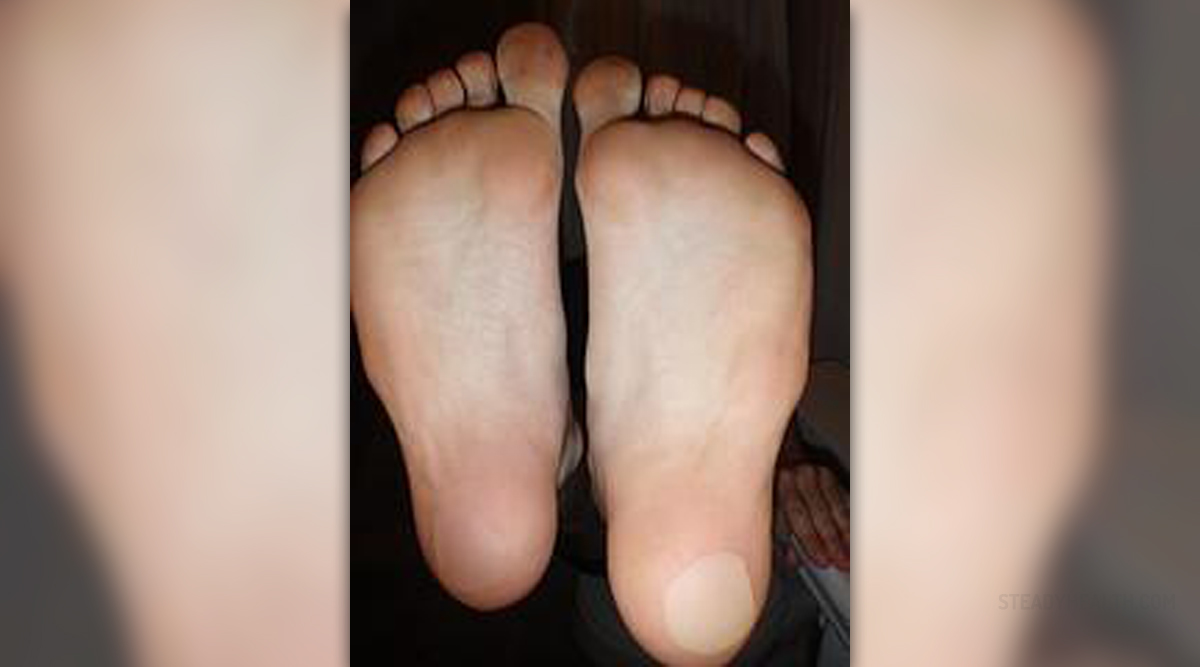
Blisters are small pockets of fluid that accumulates underneath the superficial layer of the skin. These skin changes can be induced by a variety of factors and also be a clinical characteristic of certain diseases. Most of the time blisters develops due to forceful rubbing i.e. friction, they may be associated with burning and/or freezing, chemical exposure and infections.
In the majority of cases blisters are filled with clear fluid, while sometimes there may be blood instead of fluid inside the blister. Rarely, blisters are filled with pus (infections).Causes of Blisters on Feet
There is not a single person in the world who has never experienced blisters on feet. We all known how uncomfortable and painful these can be and eventually learn how to prevent their occurrence.
As far as blisters on this body part are concerned, they commonly form due to prolonged friction associated with uncomfortable shoes or inadequate walking technique. Even long distance walking may be a trigger for development of feet blisters. Unlike less aggressive rubbing which typically leads to formation of calluses, blisters develop more if rubbing is vigorous, especially if the skin is moist.
Blisters may easily progress and cause even more serious complications like foot ulcerations and secondary infection. This is especially reported in people in whom the circulation in the area is somehow jeopardized like patients suffering from diabetes, neuropathy and peripheral artery disease.
Apart from friction, which is the most common cause of blisters on feet, these may develop due to feet exposure to excessive heat and cold or exposure to certain chemicals.
How to Deal with Feet Blisters?
If feet blisters are not painful, let them intact. It is a well known fact that unbroken skin over a blister provides a natural barrier preventing bacteria and other infectious microorganisms to enter and initiate infections.
Small blisters can be covered with an adhesive bandage while larger ones should be wrapped with a porous, plastic-coated gauze pad. The gauze will absorb excess of moist and fluid if blister bursts and allow the wound to heal faster.
Blisters are not supposed to be ruptured unless they are painful or prevent one from walking. If this action is about to be taken, one should first wash his/her hands with soap and warm water. Then, the blister is swabbed with iodine or alcohol. A needle used for making a hole in the blister must be sterilized properly (e.g. by wiping with rubbing alcohol). The best thing one can do is to make several punctures near the edge of the blister and let the fluid drain. The overlying skin should never be removed.
Finally, one should apply an antibiotic ointment onto to blister to prevent infection and cover it with a bandage/ gauze pad. The dead skin covering the blister can be removed after a couple of days.


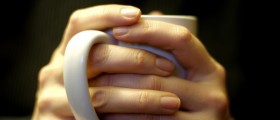
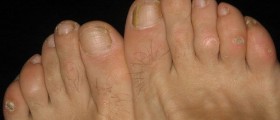
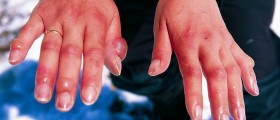
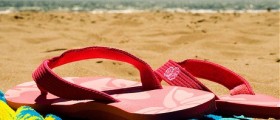

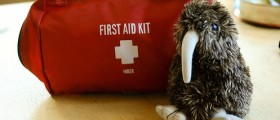
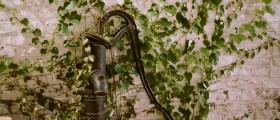
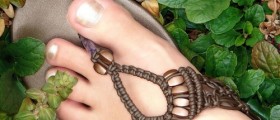


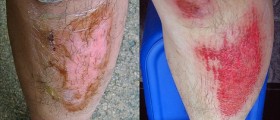
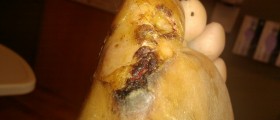
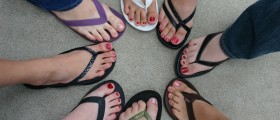
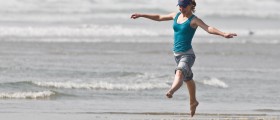
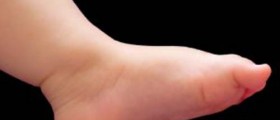
Your thoughts on this
Loading...